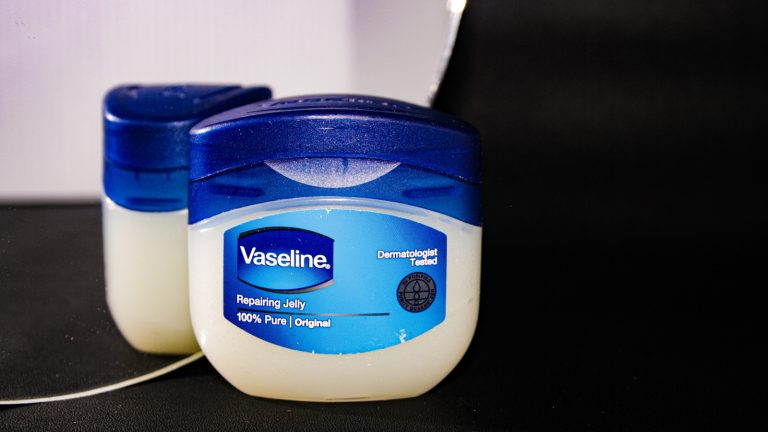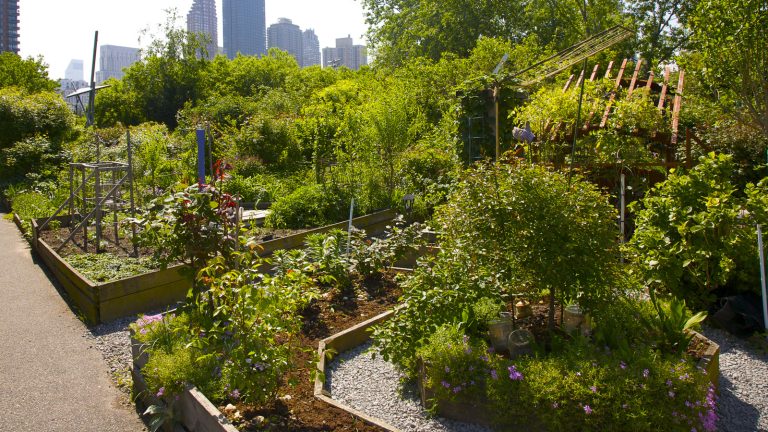
Becoming a plant parent is truly one of life’s greatest pleasures. Plants aren’t picky eaters, they don’t need assistance with homework, and they rarely complain. However, you probably don’t want to end up taking care of hundreds of fungus gnats that could be residing in your plants. If you haven’t experienced a fungus gnat infestation, consider yourself fortunate. This situation is akin to dealing with fruit flies, but it runs deeper. With fungus gnats, the visible ones aren’t the primary issue; it’s the larvae hidden beneath the plant’s soil that cause trouble. They harm plants by feeding on roots, which can lead to stunted growth, wilting, or even death.
To avoid this problem in your home, the simplest way to stop a fungus gnat infestation is by preventing it from occurring. Gnats are drawn to plants because of the soil’s moisture. Once they find a sufficiently wet surface, they lay their eggs on it. By not overwatering your plants and preventing saturation of the topsoil, you can deter gnats. You can achieve this by submerging your plant pots in a container of water for up to an hour.
If you already spot those annoying gnats flying around, it’s time to engage in some DIY pest control. We’re here to guide you on which popular treatments against fungus gnats are the easiest, safest, and most effective — and which ones you might want to skip.
Do these natural fungus gnat remedies really work?
Years of battling fungus gnat infestations have led to various solutions. A common method, also used against fruit flies, is to mix equal parts vinegar and water with a few drops of soap in a small bowl, then place it near your plant. This may capture some flying gnats, but it doesn’t address the larvae in the soil, leaving the problem unsolved. Let’s explore other solutions.
Another well-known remedy is cinnamon and chamomile tea, both natural fungicides targeting the fungus that gnats feed on, but lacking scientific backing, we’ll skip further details. Alternatively, thoroughly soaking your plant with hydrogen peroxide diluted with water can combat fungus and bacteria and kill gnat larvae. However, this method may attract more gnats due to moisture and eliminate beneficial microorganisms in the soil, so proceed with care.
So far, it’s 0-3 for remedies, but don’t worry, we’re about to turn things around. A simple yet surprisingly effective remedy involves using potato. Add small pieces of peeled potato under the soil of your plants. Gnat larvae are attracted to potatoes and will attach themselves to them. To make this method effective, replace the potato chunks every few days as they become covered with larvae. Although effective, it’s unlikely to completely solve the gnat problem alone, so let’s enhance our approach.
For really effective natural gnat remedies, it’s time to use more specialized ingredients
If the previous remedies didn’t eliminate the gnats in your plants, it’s time to explore beyond typical pantry items. A surprisingly effective solution is using nematodes, microscopic worms that feed on bacteria, fungi, and insect larvae. You can purchase these tiny creatures online. A small bag of five million nematodes from BioLogic is ample to treat numerous plants.
To ensure gnats don’t return, try a method called top dressing. This involves adding a protective layer to your plant soil to prevent gnats from laying eggs again. The layer should be at least half an inch thick and can be sand, fine gravel, or a 10 lb. bag of HARRIS diatomaceous earth in powdered form. This method is most effective after addressing the initial infestation, eliminating uninvited guests in your home nursery!
And if you’re hesitant to introduce a tiny (yet harmless) army of worms into your plants or sprinkle diatomaceous earth, your last option is yellow sticky traps. These aren’t a truly natural remedy, but they’re preferable to spraying chemicals, and gnats are genuinely attracted to the bright color. Otherwise, nematodes, potatoes, and/or top dressing are your best bets against gnats.






